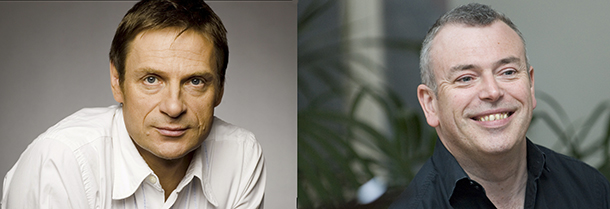Tag: concert
-
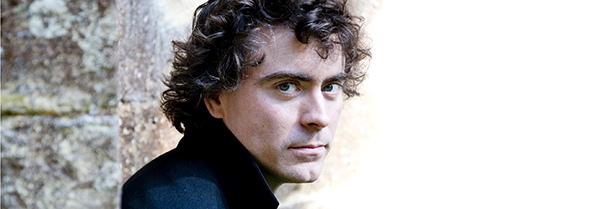
PROGRAM NOTES: PAUL LEWIS
Johannes Brahms 7 Fantasies Op. 116 If the word fantasy implies improvisation and free association of thoughts, then the collection of three capricci and four intermezzi that Brahms published under the title Fantasien in 1892 are misnamed, as they are among the most densely expressive and tightly crafted miniatures to come from his pen. Some…
-
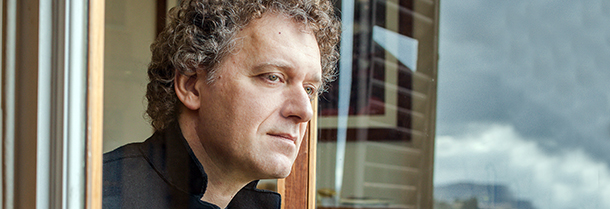
PROGRAM NOTES: ANDREA LUCCHESINI
Domenico Scarlatti Six Sonatas K 491 – K 454 – K 239 – K 466 – K 342 – K 146 The 550-odd sonatas of Domenico Scarlatti are perhaps the most successful works to migrate from the harpsichord to the modern grand piano. Their transparent texture of simple two- and three-part keyboard writing has one foot in the imitative counterpoint of…
-
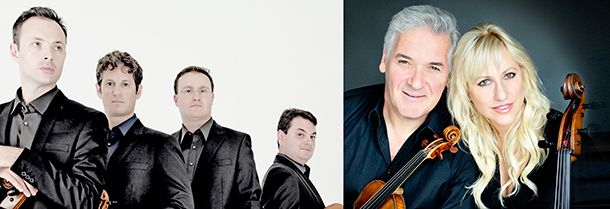
PROGRAM NOTES: JERUSALEM QUARTET WITH PINCHAS ZUKERMAN & AMANDA FORSYTH
Richard Strauss String Sextet from Capriccio Capriccio (1942), Richard Strauss’ last stage work, is an opera about opera, constructed as a series of elegant salon conversations dealing with a question that has bedevilled opera lovers for centuries: which is more important, the words or the music? The year is 1775 and the setting is the…
-
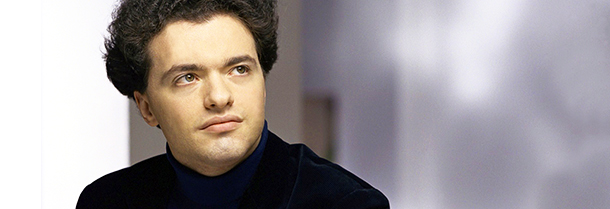
PROGRAM NOTES: EVGENY KISSIN
Frédéric Chopin and Robert Schumann “…calling it a sonata is a caprice if not a jest for Chopin seems to have taken four of his most unruly children and put them together possibly thinking to smuggle them, as a sonata, into company where them might not be considered individually presentable.” That’s the perceptive way Robert…
-

PROGRAM NOTES: PAUL LEWIS
Ludwig van Beethoven 11 Bagatelles Op. 119 Beethoven’s Op. 119 is a catch-all collection of pieces written without any preconceived formal plan for the enjoyment of amateur piano enthusiasts. The last five were published first as a contribution to a pedagogical publication called the Wiener Piano-Forte Schule (1821), with the first six added to that…
-

PROGRAM NOTES: NIKOLAJ ZNAIDER & ROBERT KULEK
Ludwig van Beethoven Sonata for Violin & Piano in G major Op. 30 No. 3 “Who are you, and what have you done with Ludwig van Beethoven?” Such is the question that Beethoven enthusiasts raised on the Pathétique Sonata, the Fifth Symphony, and the late quartets might wish to ask of the musician responsible for…
-

PROGRAM NOTES: TARA ERRAUGHT & JAMES BAILLIEU
Franz Liszt Victor Hugo Poems It may seem strange to think of Liszt as a song composer, so firmly is his name associated with 19th-century virtuoso pianism. But the extraordinary breadth of his musical sympathies is already clearly evident in the wide range of styles and moods in his piano compositions alone, from the bombast…


